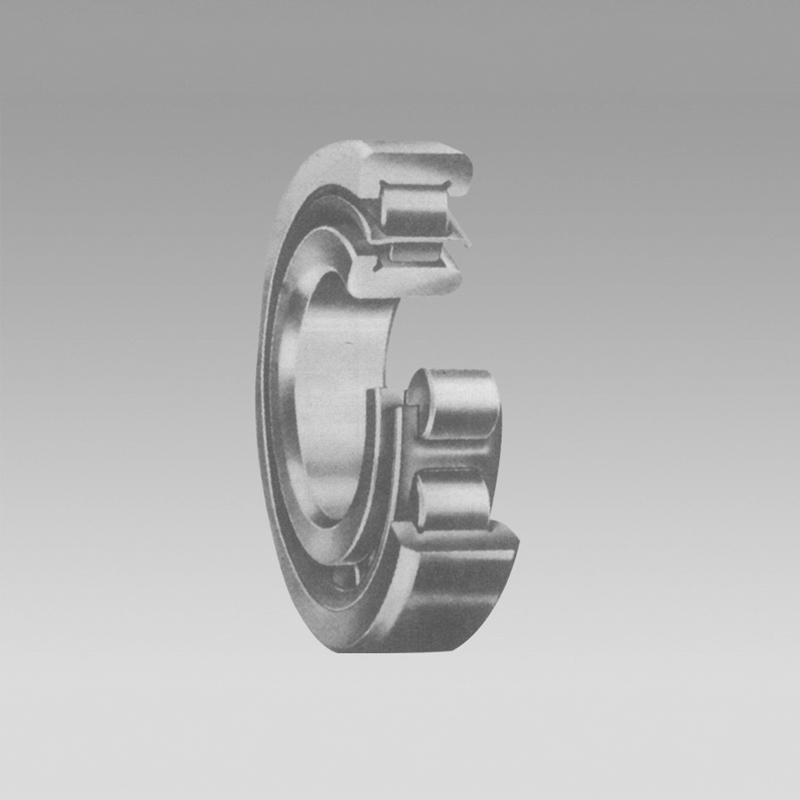
Nov . 30, 2024 06:21 Back to list
Characteristics and Applications of Single Thrust Ball Bearings in Mechanical Systems
Understanding Single Thrust Ball Bearings
Single thrust ball bearings are a specialized type of bearing used primarily to support axial loads in a wide range of machinery. Their design and functionality make them integral components in many applications, from automotive to industrial machinery. This article will delve into the features, applications, advantages, and maintenance of single thrust ball bearings.
What is a Single Thrust Ball Bearing?
A single thrust ball bearing consists of a ball or a series of balls housed in a ring. This configuration is specifically designed to handle axial loads, meaning forces that act parallel to the shaft. Unlike other types of bearings, such as deep groove ball bearings or roller bearings, which can accommodate radial loads (forces acting perpendicular to the shaft), thrust ball bearings are dedicated solely to axial load applications. The simplicity of their design includes an inner race, an outer race, and the balls, all of which work together to provide support and facilitate smooth motion.
Applications
Single thrust ball bearings are employed in various applications that require precision and reliability under axial load conditions. Common applications include
1. Automotive Industries They are often found in clutches, where they help manage the axial thrust produced during engagement and disengagement. 2. Industrial Machinery In machines like pumps and compressors, these bearings support the axial loads exerted during operation, ensuring smooth and efficient functionality.
3. Aerospace Due to their lightweight and compact design, they are used in various aviation components where axial load management is critical.
4. Household Appliances Items such as washing machines may utilize single thrust ball bearings in their spin mechanisms to support axial forces.
Advantages
The use of single thrust ball bearings comes with several advantages
single thrust ball bearing

2. High Load Capacity They can efficiently manage significant axial loads in constrained spaces, making them ideal for many applications where size is a factor.
3. Simplicity and Reliability The simple design of thrust ball bearings means fewer parts that can fail, contributing to overall reliability in operations.
4. Ease of Installation These bearings are relatively easy to install compared to more complex bearing types, which can streamline manufacturing and maintenance processes.
Maintenance
To ensure the longevity and optimal performance of single thrust ball bearings, proper maintenance is crucial. Here are some tips
1. Regular Inspections Routine checks for signs of wear or damage can help identify and mitigate potential issues before they escalate.
2. Proper Lubrication Lubricants reduce friction and wear. Choosing the correct type and amount of lubricant is essential for effective performance. Over-lubrication can lead to overheating, while under-lubrication can cause increased friction.
3. Environmental Considerations Protecting bearings from contaminants such as dust and moisture can prevent premature wear and failure. Sealed or shielded bearings are often recommended for critical applications.
4. Correct Load Management Ensuring that the bearing is used within its rated capacity is critical. Overloading can lead to quick degradation and potential failure.
Conclusion
In summary, single thrust ball bearings play a vital role in various applications by efficiently managing axial loads. Their low friction, high load capacity, and reliable design make them essential components in many industries. With proper maintenance, these bearings can provide long-lasting performance, contributing to the overall efficiency and reliability of the machines they support. Understanding their features and proper application is crucial for engineers and technicians who rely on these components in their designs and maintenance practices.
Latest news
-
Premium Deep Groove Ball Bearings | High Speed & Reliability
NewsAug.29,2025
-
Durable Scaffolding Clamps - Secure & Reliable Tube Connectors
NewsAug.28,2025
-
Common Failures in Thrust Ball Bearings and Solutions
NewsAug.22,2025
-
How Tapered Roller Bearings Can Take Shock Loads
NewsAug.22,2025
-
Angular Bearings in High-Precision Spindles
NewsAug.22,2025
-
The Impact of Misalignment on Cylindrical Roller Bearing Performance
NewsAug.22,2025
